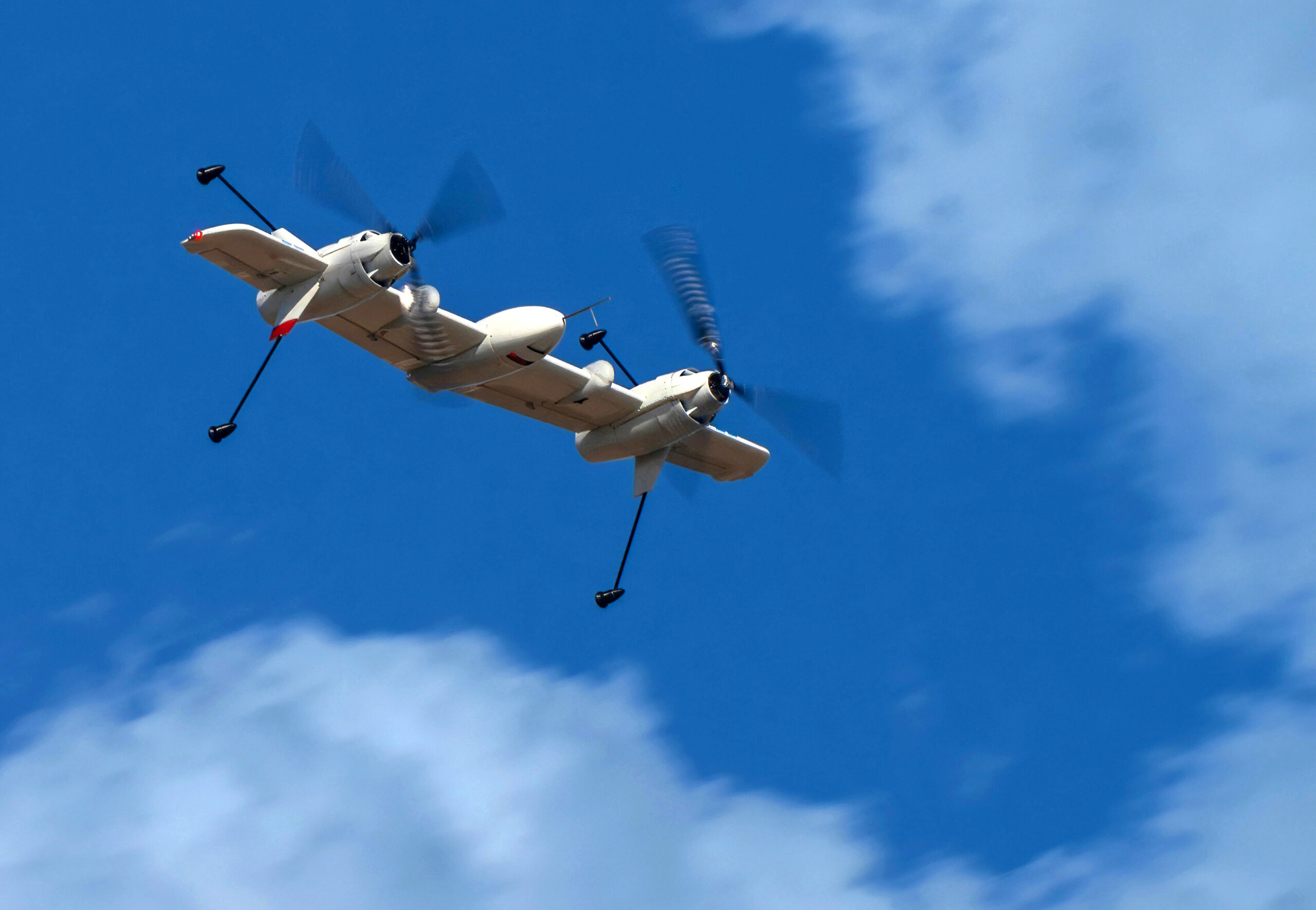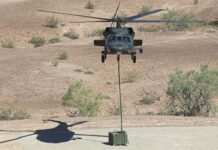
If the Ukraine war has taught the world anything, it’s that the future of warfare, at least its near future, is drones. Americans got their first taste of drone warfare in the Global War on Terrorism when drones like the MQ-9 Reaper and the RQ-4 Globalhawk filled the skies. These drones were built like airplanes, fast with a long-range, but in need of landing strips.
Those types of drones have been used in the war in Ukraine as well, most famously those built by the Turkish company Baykar, which were used very successfully at the beginning of the war. But now, the Ukrainian and Russian armed forces are relying more heavily on smaller quadcopter-style drones for surveillance and attacks. These drones can take off from just about anywhere and land just about anywhere, but they’re not that fast compared to the larger airplane-style drones.
Now, Sikorsky, the famed helicopter company owned by Lockheed Martin, has attempted to build a drone that is the best of both worlds. The new uncrewed aerial system, known as a rotor blown wing, operates in both helicopter and airplane modes. It combines vertical takeoffs and landings, with the speed advantages of an airplane. Lockheed Martin reports:
STRATFORD, Conn, March 10, 2025 – Sikorsky, a Lockheed Martin company (NYSE: LMT) has successfully validated the advanced control laws to successfully fly a ‘rotor blown wing’ uncrewed aerial system (UAS) in both helicopter and airplane modes. Powered by batteries, the 115 pounds (52kg) twin prop-rotor prototype has demonstrated operational stability and maneuverability across all flight regimes, and the potential to scale the unique vertical take-off and landing (VTOL) design to larger sizes requiring hybrid-electric propulsion.
“Combining helicopter and airplane flight characteristics onto a flying wing reflects Sikorsky’s drive to innovate next-generation VTOL UAS aircraft that can fly faster and farther than traditional helicopters,” said Sikorsky Vice President and General Manager Rich Benton. “Our rotor blown wing platform is a prime example how we are leveraging the breadth of our 102-year aviation heritage to develop new designs that meet the emerging missions of commercial and military operators.”
Here’s how the system looks while flying in airplane mode.

Watch the UAS in action:
Action Line: Click here to subscribe to my free monthly Survive & Thrive letter.



